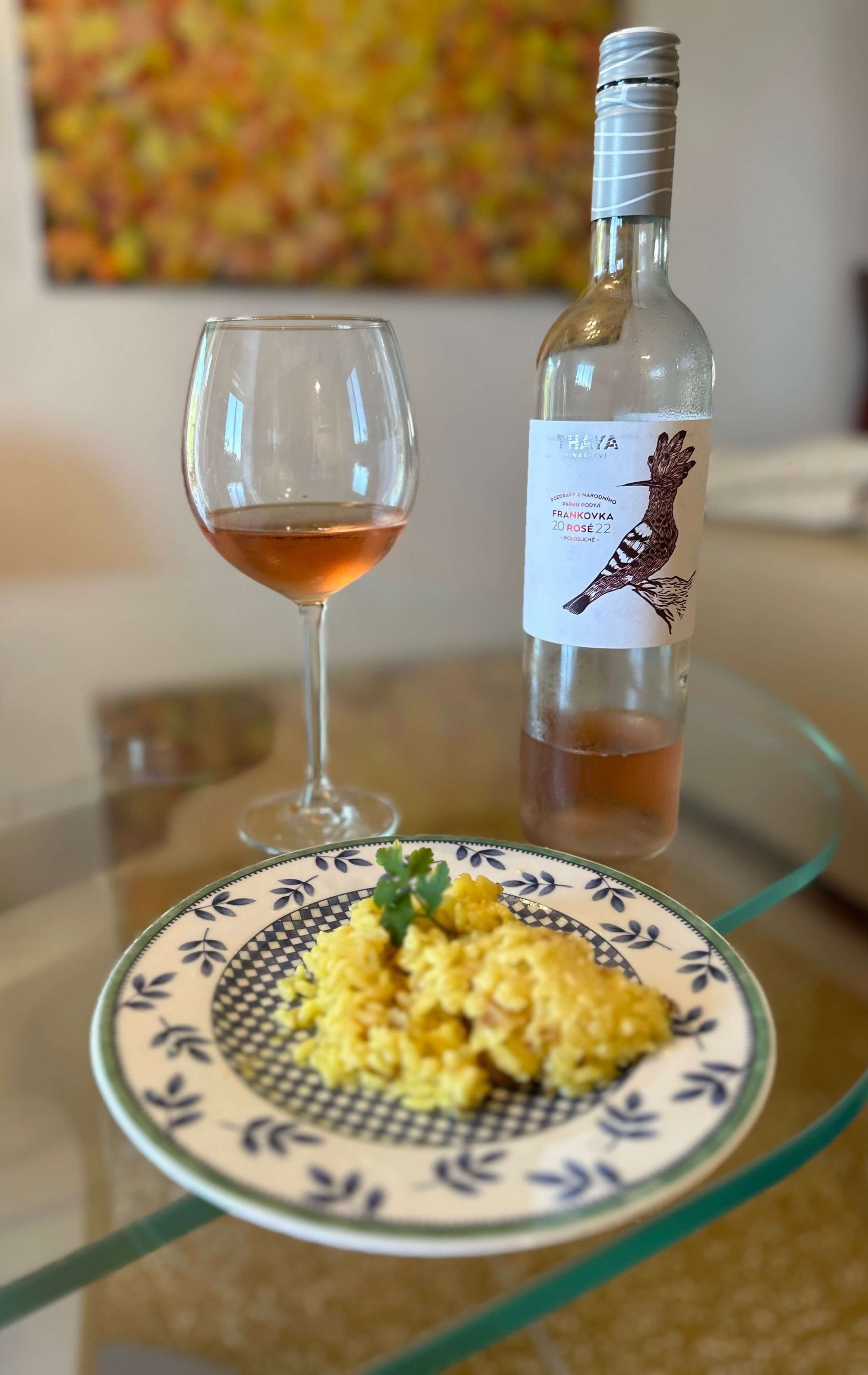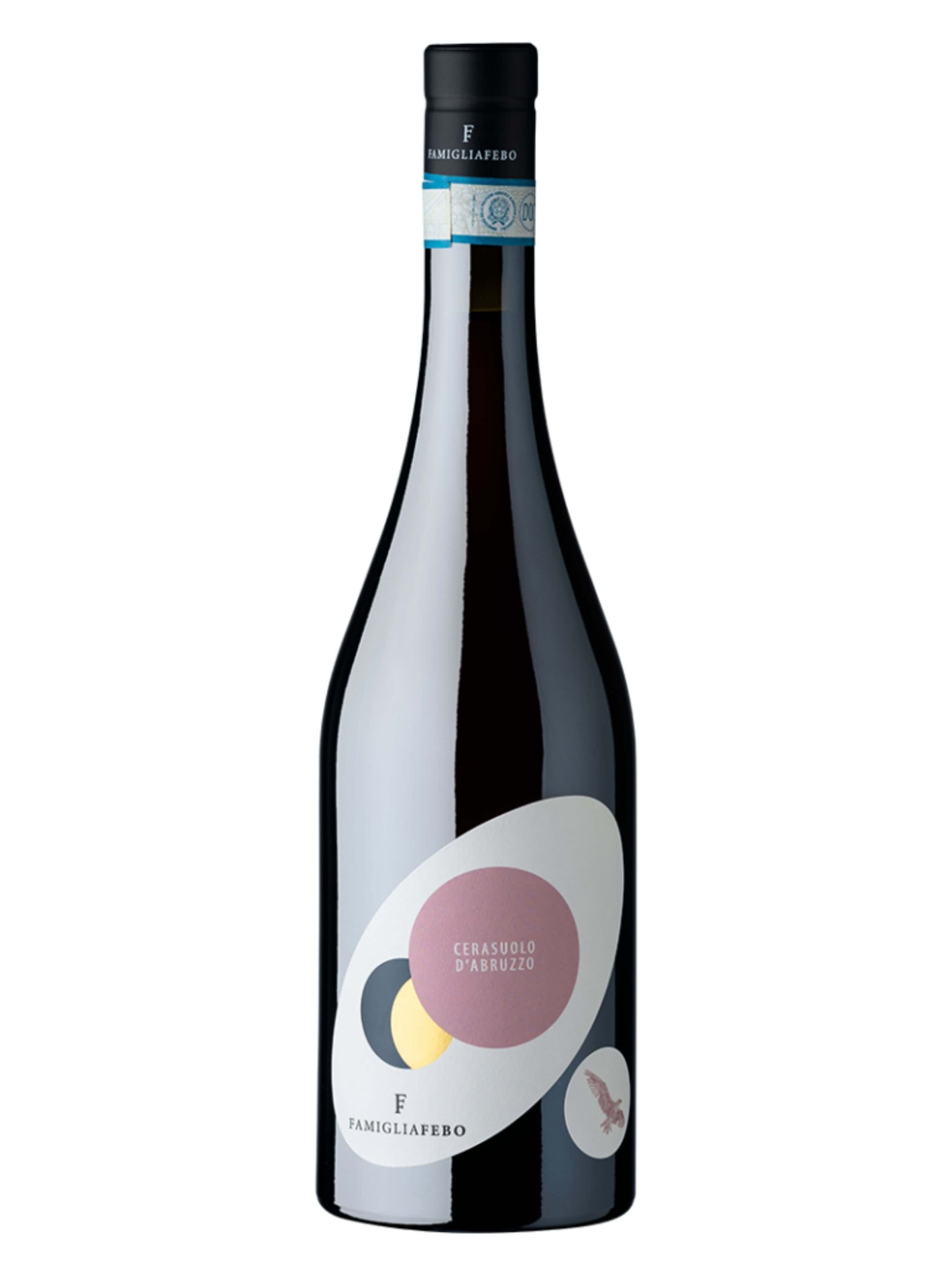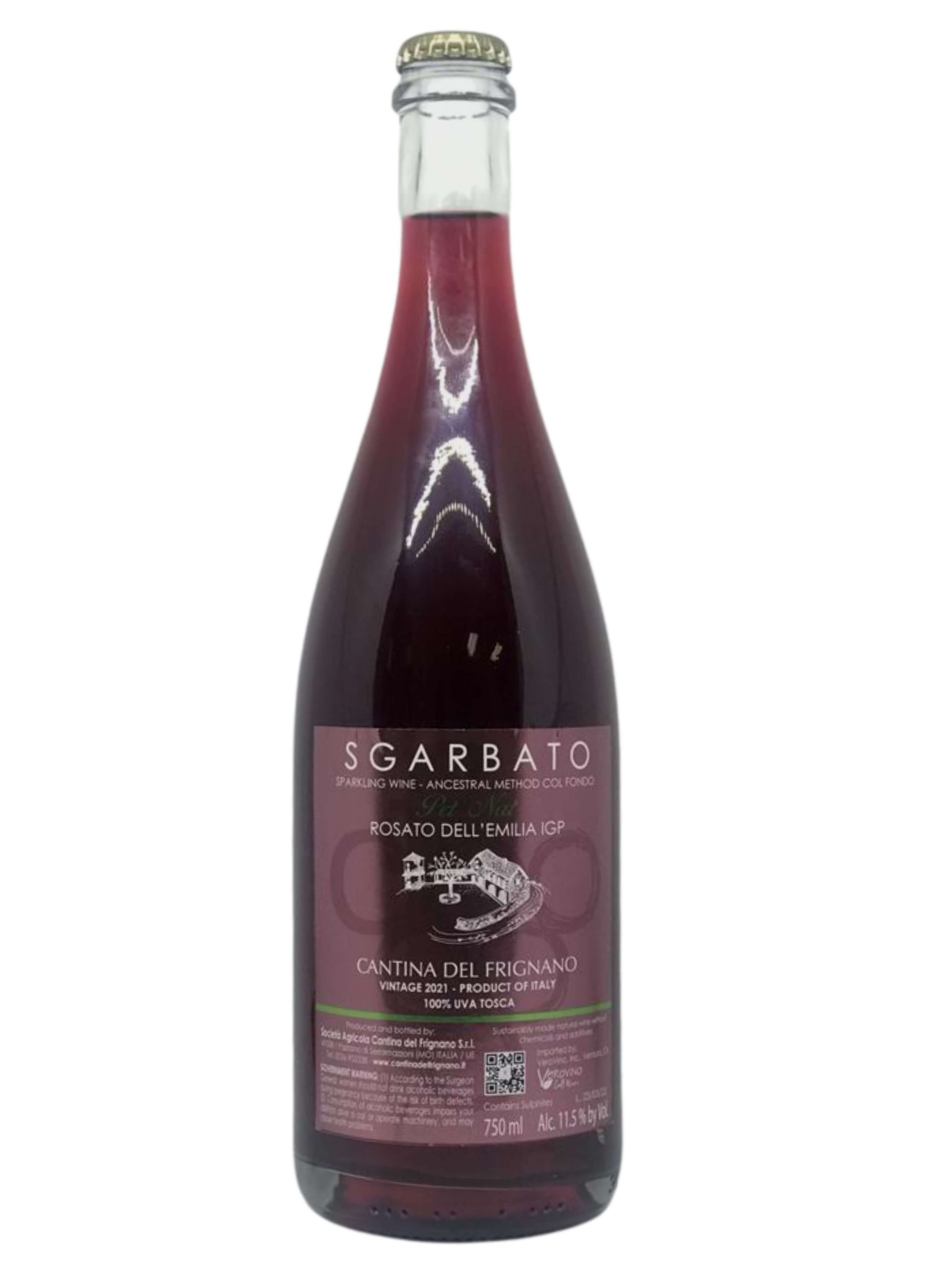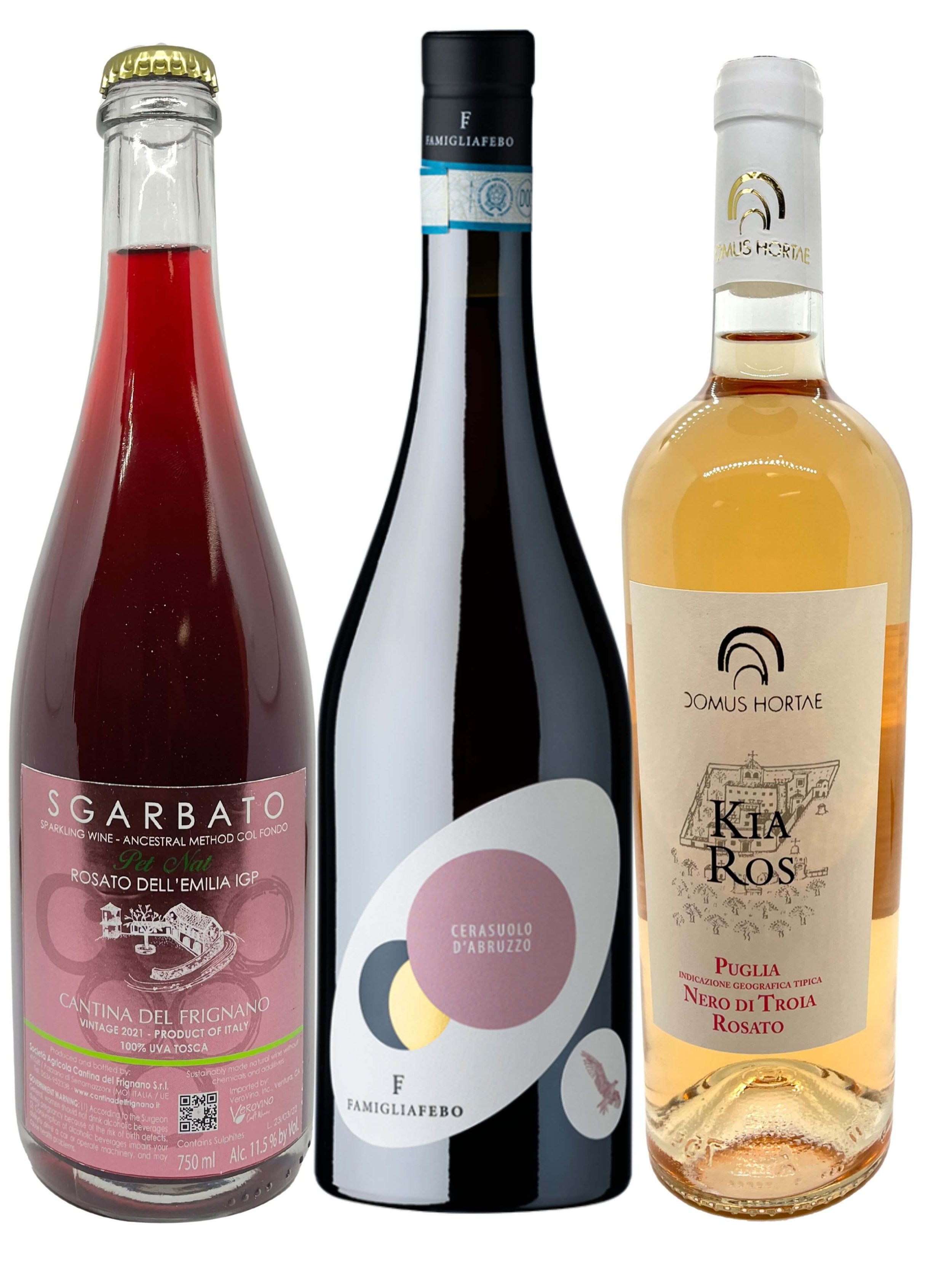Breaking the Glass Ceiling on Rosé
We, Americans, are so good at creating hype that some things get so ingrained that we take certain things as facts, jumping to conclusions, without realizing that there may be another truth to the matter.
Take, for example, the Feast of the Seven Fishes, the fish-based Christmas meal that many Italian Americans use to celebrate the holiday meal. It is actually not a tradition in Italy. It just became so popular in America that most of just take for granted that it is celebrated in Italy.
“The season” for drinking rose wine is another one of these American hype creations. We are such good marketers that “Rosé in May,” “Rosé All Day” and other rose wine “jingles” is something that we invented. Are we Americans still stuck on a rosé wine as a a seasonal drink? Beyond America, how is rosé incorporated into the lives, habits and customs of wine drinkers?
Looks like rose wine is in a rose wine box! Let’s get it out of the box and open our eyes to the rose wine category.
Bruce Freeman, founder and co-winemaker of Clos des Amis in Ventura County California, prefers his rose wines to be Provence style, taking inspiration from his French heritage.
Rosé Wine Culture in America
Let’s face it: in America, the culture of wine is on the coattails of the “Old World”, i.e., Europe, where wine culture is entrenched into the daily lives of many, for hundreds (and hundreds) of years. Just about any trend in wine has been something that has already been embraced in the traditions of one, or many, European country.
The first rosé wine “wave” to hit America was in the 70’s when White Zinfandel became a thing. It lasted for years, and then fizzled out. It became a victim of its own success, as it got mass produced and, as a result, the quality declined: it lacked acidity to balance out the sweetness and started to be treated like Coca Cola, e.g., made in a laboratory so its tasted matched its target customers. Unfortunately, this ruined the image of the rose wine category for years.
Then, come 20 years ago, America woke up to Provence style dry roses, which Americans embraced so much that, incredibly, the Rose all Day craze was consumer driven. People loved this wines so much they spread the word and, naturally, the wine industry responded. Yet, somehow, drinking rosé wine started to have rules around it. This is an example of where wine culture in America can be shallow. The rules start to overshadow as the hype gets bigger, and we can “feel like” we will be judged. Since we all have different levels of wine knowledge, and self-confidence to express it, we can get boxed in to abide by these societal expectations.
The “Rules” of Rosé
As a result, the whole wine industry, especially at the retail level, has gotten very sheepish about buying rose wines which don’t fit in with “the rules:”
Domus Hortae’s Nero di Troia Rose Wine from Puglia Italy has an orangey-pink color.
Rose wine must have the same pale pink color that is in Provence rose wines,
Rose wine must be the latest vintage,
Rose wines are purchased by retail stores only in early spring to adhere to “Rose Wine Season” of late spring and summer.
With these rules, American wine drinkers’ choice of rose wines becomes limited because the importers and distributors who source and invest in wine become concerned as to if they will be able to sell their rose wine stock and within the short selling window.
Guess what? We are here to open your horizons and not get boxed in by these societal rules. There are many more types of rosé wines to discover!
Types of Rose Wines
In this previous article, we covered what rose wine is. It’s made, generally, from red grapes which have had very short to no maceration (or skin contact) so while they will have some color from the grape skins, the color is much lighter. Depending on the type of grape used, and how long there is skin contact, the type of color and intensity and vary significantly.
Not always, but often, the grapes which are intended for rose wines are harvested a bit earlier than grapes destined for making red wine. In this case, the acidity level is higher, making the wine more refreshing (which is often why we crave rose wines more in the warmer months).
Then, at least what we’ve found, is that red grapes with particularly higher natural acidity (and tannins too) are ideal for rose wines. Some examples are:
People are drawn to the fuschia color of Frignano’s Uva Tosca Pet Nat Style Sparkling Rosé
Uva tosca, which has a super high acidity level, and also does better in higher altitudes where grapes also typically make wines with higher acidity
Nero di troia, whose tannins are particularly noteworthy
Blaufrankisch which has both higher acidity and higher tannins.
Then, what is a particularly fun wine tasting is to taste the rose wine and red wine versions of the same grape side by side, which we like to do, and is, in fact, why we often import in both rose wines and red wines made by the same grape and same wine producer.
Provence Style Rosés
Don’t get us wrong - a Provence style rose dry is a delight, and yes, a great choice for a warm summer day, afternoon or evening. It’s pale pink color is inviting, it has just the right amount of acidity, fruit and minerality to have that right balance that even the most expert of wine experts seek out. We are particularly smitten by Clos des Amis’ Provence style rosé which is farmed and crafted by a Ventura County vigneron and winemaker who has roots in France, hence his inspiration to make the French style rosé wine. But, we suggest you look beyond this style and seek out other types of rosés, so you don’t miss out on other rose wines that you may really like.
Puglia Italy Rosato
As we discussed in this recent article, the “capital” of rose wine in Italy is in Puglia, Southern Italy. Using red grapes to make rosé wine, instead of red wine, is a long standing tradition in the heel of the boot of Italy that goes back to the Greeks. Today Puglia is known as THE region in Italy for rose wines, rosato as it is called in Italian. Being in the South of Italy, it also has the challenge of warmer climate, which can produce jammy red wines which lack acidity. So by harvesting a bit earlier and making rose wine instead with red grapes allows for more balanced wines. Plus grapes with lots of structural elements, like Nero di Troia, make a fantastic rosé. Domus Hortae’s Kiaros Nero di Troia Rose is a people pleaser rose. It does have an orange -pink color, making it distinct from Provence style rose, while the taste has a bit of everything you like in a rose: acidity, fruit on the mid palette and a slight salinity on the finish. Quaffable yet food friendly.
Rose Sparkling Wines
Ever since Prosecco Rosé came out a couple years ago, we, and others, have noticed that rose wine drinkers are getting out of the box: they are drinking more styles of rose wines and also drinking rose wines all year round.
What an alternative to Prosecco Rose? A truly unique sparkling rosé wine, is this Pet Nat style natural wine made from the uva tosca grape. Just imported first time to the US less than a year ago, Frignano’s Sgarbato, as Irene Balim, owner of Frignano estate winery, explains, is a rosé that goes through 24 hours of skin contact, leaving a beautiful, enticing fuschia color. In fact, when Vero founder, Sheila Donohue, was “peddling the streets of New York” to have people try this organic sparkling wine for the first time, heads would turn to admire the color. Likewise at WineFare, a women winemaker natural wine tasting event in San Francisco in June, wine lovers responded with enthusiasm to this alternative rose sparkling wine. They said “it is like drinking cranberry juice as a sparkling wine.” Obviously you have to like a little bit of tartness, but boy is it refreshing, and fruity and fun too! Irene Balim enjoys her Sgarbato vegan wine year round, and in particular likes it as an “aperitivo” wine, i.e., when hanging out, and with appetizers. Although, thanks to its acidity it pairs well with other foods too, like pizza and pasta.
Davide Febo, winemaker of his family’s estate winery in Abruzzo, prefers to stick to the tradition of making darker style, structured and age-worthy rosé wines which are more like chillable reds.
A Rose Wine for Thanksgiving?
As mentioned, a grape, like Blaufrankisch, which has lots of natural structure, does well when made as a rose wine. When coming from a colder climate, like the Czech Republic, even better. Thaya estate winery makes this juicy Blaufrankisch rose organic wine that has this intriguing cinnamon red hot note on the finish. The high acidity & intensity of flavor, and, as you can see, the darker red color, makes it adaptable for heartier meals which extend, for sure into the fall - in fact, you should have this rosé around your Thanksgiving table!
All Year Round Rosé
For those of you Italian wine aficionados know the term Cerasuolo. There are certain Italian wine appellations, like Cerasuolo d’Abruzzo and Cerasuolo di Vittoria, that have the word cerasuolo in the name. The word “cerasuolo” derives from cherry, or ciliegia, in Italian, and Cerasuolo wines are called such because their color looks like a fresh cherry: it is red but a bit transparent.
Davide Febo, winemaker, and owner with sister Laura, of Febo Family estate farm and winery who grows and makes natural wines in Abruzzo, talked with us about Cerasuolo d’Abruzzo, a rose & biodynamic wine made from the montepulciano grape, which has dark pigment, giving off a lot of color in the wines that grape makes. Cerasuolo d’Abruzzo rose wines, when made in the traditional way, as Davide Febo prefers, are full of color, thanks to the natural pigment of the dark montepulciano grape, and have lots of structure, so much so that they are age worthy rose wines. Plus they are enjoyed all year long! In fact, Montepulciano red wine is really only popular recently. The Abruzzese way to enjoy a montepulciano wine is as a rose wine. Davide admits that many wine producers in Abruzzo have “caved in” to popular demand of the “Rules of Rosé Wine,” making Cerasuolo d’Abruzzo roses which are more fruity, less structured, and having that Provence style lighter pink color. But Davide sticks to tradition, making age worthy, structured rose wine.
Thaya’s Blaukfrankisch rose wine pairs well with this speck and risotto dish.
Chillable Reds
This year, the concept of a red wine that you serve chilled has taken off. This “trend”, which, surprise, surprise, is a concept embraced in European traditions, is just starting to become “a thing” in America. Red wines which have certain taste profiles, e.g., fruity, low in tannins, are candidates for being chilled, especially in the summertime. While some red wines, like Lambrusco, are traditionally always served chilled, certain rosés, in particular darker ones, like Cerasuolo d’Abruzzo, which are so dark that they look like a light colored red wine, fall into this category of chillable reds. In fact, after selling Febo’s Cerasuolo d’Abruzzo natural wine to a retail store client, we noticed that they placed this rosé wine next to a red wine which is a chillable red. There you go. It all comes down to taste. Don’t get hung up on the category.
What Food Pairs with Rose Wines?
Now that we got done outlining different types of rose wines, you can imagine our response: it depends. First thing to consider when pairing foods is that your rose wine will need some acidity. The more structure, like acidity or minerality or body, it has, the more flavor and texture and dimensions you’d want to have in the food. Bottom line is that you need a rose wine best, like the ones we have, to start off with a successful food pairing.
In general, think of a rose wine on the border between an intense white wine (like a Chardonnay) and a light red (like a Pinot Noir). A rose wine generally pairs with wines on these both extremes. They go well with appetizers, pizza, fresh (not aged) cheeses, most charcuterie and many pasta dishes.
Open Your Rosé Horizons
Can I drink rose wines all year round? You bet you can!
What color should a rose wine dry have? They can be any shade of pink and lighter red, and even be a bit orange.
Can rose wines age? Yes, certain ones can.
Stop and smell the rose!
Check out our selection of alternative wines which will spice up your next evening, dinner, party and get together. Order wine online here.
Or, if you are a distributor, or have a wine store or restaurant, contact us to get pricing and taste.
We sell across the US, and do corporate gifting and wine tastings too!











